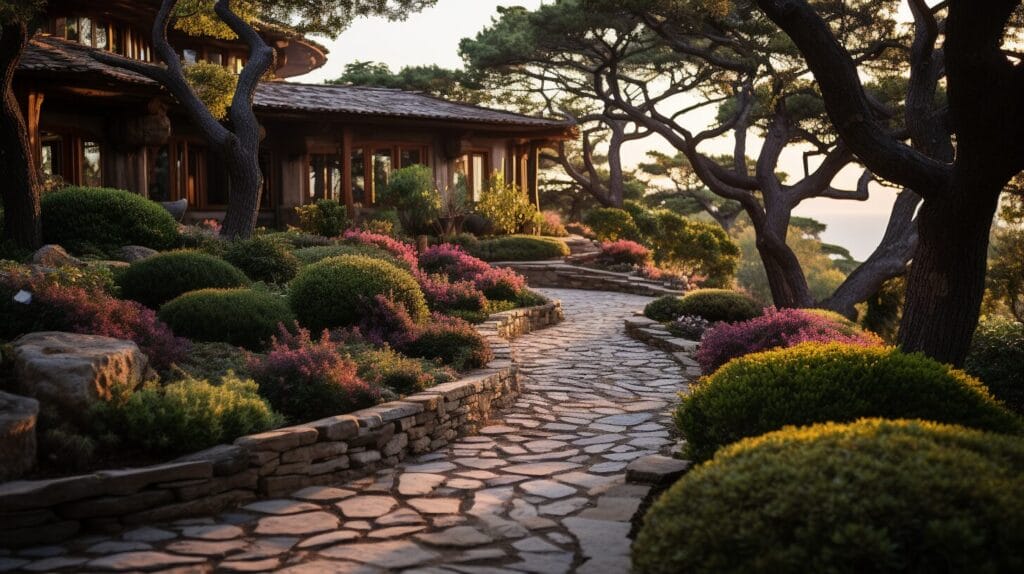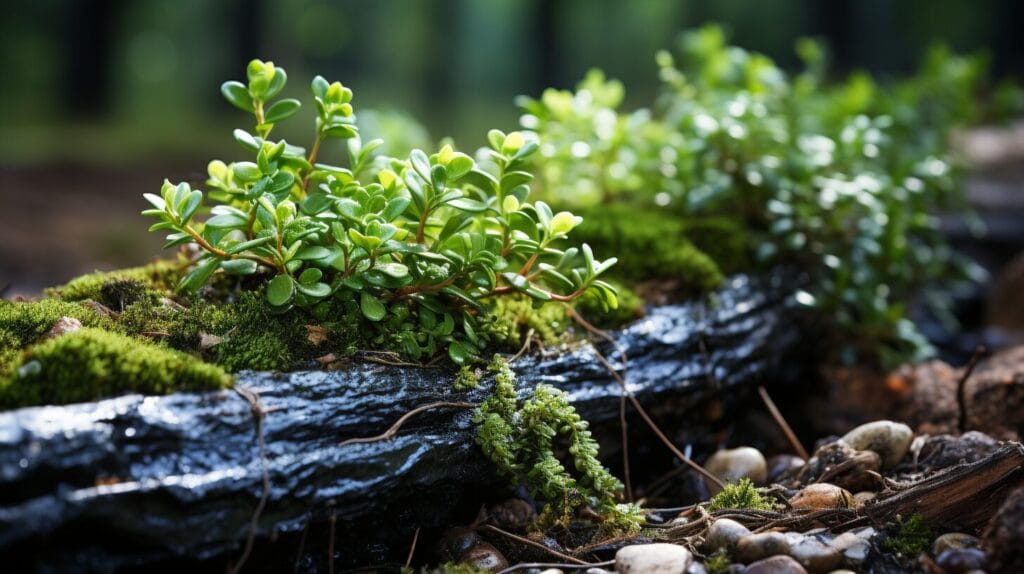Juniper Plant Ground Cover: A Guide to Successful Creeping Juniper Care in 2024
Juniper ground covers, or creeping junipers, are robust evergreens that offer year-long color and coverage. However, the conditions at the time of planting can drastically affect the plant’s long-term health and maintenance simplicity. Hence, choosing the appropriate juniper ground cover species is crucial. This guide is here to help you understand the intricacies of preparing the soil and mastering the best planting methods to effectively grow this ground cover. Discover ways to reduce maintenance and enhance the overall health and aesthetic appeal of your juniper ground cover.
Key Takeaways
- Creeping juniper is a resilient evergreen ground cover that provides year-round color and coverage.
- It is low-maintenance, drought-tolerant, and controls erosion.
- Choosing the right variety that thrives in the environment and spacing the plants properly is important for successful growth.
- Regular monitoring, pruning, and providing the necessary conditions will ensure the creeping juniper thrives as ground cover.
Introduction to Creeping Juniper as Ground Cover

Creeping juniper, known scientifically as Juniperus horizontalis, is a favorite among gardeners for its dense mat that discourages weeds and controls erosion. It thrives in a range of environments and is particularly suited to rocky or sandy soils. With its lush, coniferous foliage, creeping juniper adds texture and depth to the landscape and shifts hues with the seasons, providing dynamic visual appeal.
Choosing the Right Creeping Juniper for Your Landscaping Project

Select a creeping juniper that fits aesthetically and thrives in the given environmental conditions. The ‘Blue Rug’ juniper, with its flat, spreading habit, is an excellent choice for covering large areas. Creeping junipers prefer well-drained soils and full sun. Ensure that the soil in your chosen location suits the needs of the creeping juniper, amending it if necessary.
Planting and Establishing Your Creeping Juniper Ground Cover

Prepare the soil meticulously before planting to create a strong foundation. Space plants 4-6 feet apart to allow for spread. After planting, water the junipers thoroughly and consistently until they’re established. Monitor their growth and spread, ensuring they do not overcrowd other plants.
Steps for Planting and Establishing Juniper Ground Cover
- Soil Preparation: Amend with organic material for nutrient-rich soil.
- Planting Distance: Space plants 4-6 feet apart to allow for spread.
- Watering After Planting: Water deeply to encourage root growth.
- Mulching: Apply mulch to conserve moisture and reduce weeds.
- Monitoring Growth: Watch for signs of spreading and prune as needed.
Essential Creeping Juniper Care for Lush Ground Cover

Provide vigilant care, including the timely identification and management of pests and diseases. Ensure well-drained soil and prune in late winter or early spring to encourage air circulation and prevent disease. Observing and providing the right conditions will result in a robust, evergreen carpet enhancing the landscape year-round.
Can I Use Java Fern as Ground Cover in Outdoor Landscaping?
When planning outdoor landscaping, many wonder about using Java Fern as ground cover. While Java Fern is typically used for planting java fern in aquariums, it can also thrive in outdoor environments. Its low-maintenance nature and ability to withstand different light conditions make it an excellent choice for ground cover in gardens or landscapes. Its lush, green foliage adds an elegant touch to any outdoor setting.
Propagate Creeping Juniper Naturally to Expand Your Ground Cover

Propagate by encouraging branches in contact with the soil to take root, a process known as layering. Select healthy branches, anchor them to the soil, and keep the area moist. Once roots develop, sever the new plant from the mother juniper and transplant it.
Conclusion
By following our guide, you can ensure a lush, low-maintenance landscape with creeping junipers. Embrace the journey of nurturing these resilient plants and watch as they transform your garden into a vibrant tapestry of green. Happy gardening!
Frequently Asked Questions
How do I prune and care for creeping juniper groundcover?
To maintain a neat appearance or control size, prune or trim back your creeping juniper in early spring. Be careful not to trim into older wood as this could damage your shrub. Creeping juniper groundcover is low-growing and requires minimal care, making it an excellent option for slopes or along a retaining wall where soil erosion can be an issue.
Where can I buy a good juniper plant ground cover?
Being a popular choice for an evergreen shrub or ground cover, blue rug juniper plants are readily available in most nursery and garden center outlets. It’s always best to buy from a reputable supplier to ensure plant health and quality.
Where is the best location to plant a blue rug juniper cultivar?
Blue rug juniper is a low-growing, spreading shrub. It is adaptable and does well in places with full to partial sunlight. Preferably, this evergreen shrub should be planted on slopes as a groundcover to control soil erosion. It’s also preferable to give them plenty of room since mature plants can spread 6 to 8 feet wide.
How do I control pests on my growing juniper plant?
Aphids, bagworms, and spider mites can attack the juniper plant. Regularly inspect your plant for signs of these pests. If found, you might need to use an appropriate pesticide or introduce beneficial insects to control the pests. Consult your local nursery or garden center for specific solutions.
What type of soil is best suited for a blue rug juniper?
Juniper is drought-tolerant and can grow in a variety of soil types. However, they prefer moist, well-drained soils with a neutral to slightly acidic pH. The shrub is also tolerant to rocky or clay soils given adequate drainage.







